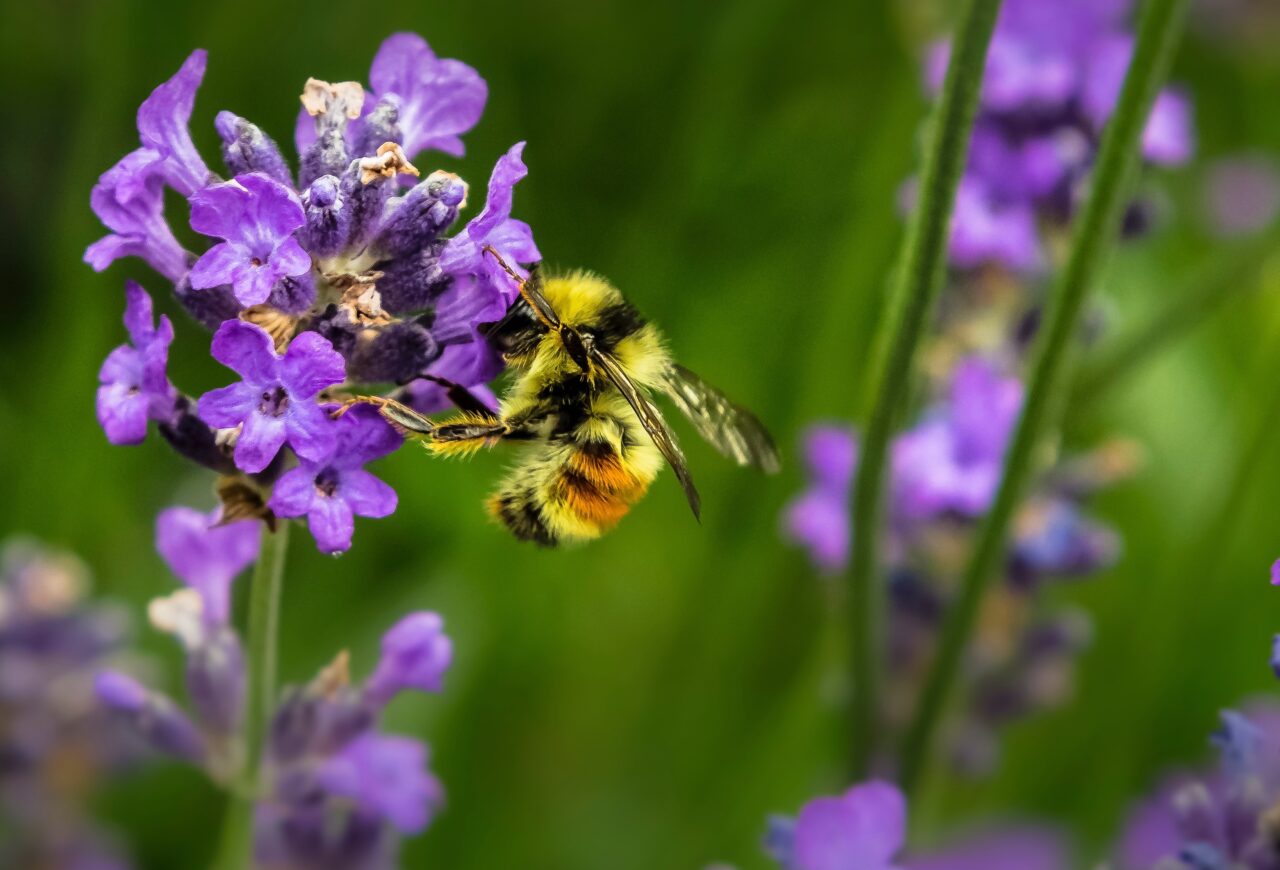The Partnership for Biodiversity Accounting Financials is developing a new accounting standard which they hope will make it easier for financial institutions to assess and disclose the impact on biodiversity of their loans and investments

In brief
- PBAF’s aim is to improve biodiversity accounting in the financial sector by developing the ‘PBAF Standard’
- Initiated by ASN Bank, PBAF’s founding partners include Actiam, FMO, Robeco, Triodos Bank and Triple Jump
- There is a need for adopting a common approach to measuring biodiversity impact, in the same way as it’s been done with carbon
The Partnership for Biodiversity Accounting Financials (PBAF) will be soon presenting a new accounting standard which they hope will make it easier for financial institutions and impact investors to asses their impact on biodiversity.
PBAF was initiated in 2019 by ASN Bank, working together with founding partners Actiam, FMO, Robeco, Triodos Bank and Triple Jump. Its aim is to improve biodiversity accounting in the financial sector by developing the ‘PBAF Standard’, the first version of which was included in their initial common ground report on biodiversity impact assessment.
PBAF is the sister-initiative of the Partnership for Carbon Accounting Financials (PCAF) which today has more than 200 members and has grown into a truly worldwide partnership.
Both initiatives were originally set up in the Netherlands and are actively supported by the Dutch government. The reason for this active Dutch role is perhaps related to the country’s awareness of its own poor performance in this area: according to the Dutch Environmental Assessment Agency, the Netherlands lost 85% of all native plant and animal species in the last century, well above the European average of 60%.
‘A deep dive’

A second, improved version of the PBAF Standard is currently being developed by a group of PBAF’s partners and supporters, totalling 31 financial institutions from across seven countries, and will be presented in June.
According to Roel Nozeman, PBAF’s chair and senior advisor on biodiversity at ASN Bank, the new standard will be more of a “deep dive”.
To develop the new standard, three working groups were formed, looking asset management, agriculture and positive impact, respectively. The IKEA Foundation provided funding for the first two years.
“It’s a complex issue and it’s quite difficult to know where you should first focus on,” Nozeman says. “So what we’re going to do in the second standard is not only focusing on quantified foot printing, but also to give a lot more practical guidance. For instance, on how to make use of existing databases that are focused on the geographic location of the investment, e.g. satellite data or data about protected areas.”
“To limit the damage to ecosystems and contribute to the protection and restoration of nature, we have to adopt a common approach to measuring our impact and using data, as we have done before in the climate debate”
Roel Nozeman, PBAF
Net positive
In 2015, ASN Bank was the first blank globally to formulate the ambitious goal of realising a net positive effect on biodiversity as a results of all its loans and investments by 2030. Nozeman, who initiated the idea, says it turned out to even more complex than carbon accounting.
“The more we dived into the topic, the more questions we got. Should you look at all your investments, what is the scope? There was no methodology available for the financial sector. So our conclusion was that assessing what and where your impact is should be the starting point,” he notes.
ASN Bank went through a learning journey and is now able to calculate its footprint on biodiversity for the complete portfolio, including investments in listed companies, renewable energy, sovereign bonds, real estate and mortgages.
It also concluded that partnerships in this area are essential. Nozeman explains: “Loss of biodiversity poses a major threat both to society and to the economy. More and more banks and insurance companies realise that. To limit the damage to ecosystems and contribute to the protection and restoration of nature, we have to adopt a common approach to measuring our impact and using data, as we have done before in the climate debate.”
Growing pressure
The shared ambition of the PBAF partners is to be transparent about their impact reporting, and to set targets to improve their ecological footprint. The primary aim, however, is to develop the standard for better measurement of financial institutions’ impact on biodiversity.
As much as possible, PBAF aligns with existing initiatives in the financial sector like the Taskforce on Nature-related Financial Disclosures (TNFD) and the Finance for Biodiversity Pledge.
The time for action is now, says Nozeman: “The pressure from regulators is growing. EU legislation is coming up.” PBAF wants to grow the number of participating institutions this year to 50-75, with the ambition to become a global player.
“Europe still leads the way here”, Nozeman says. “Together with the Dutch, the French financial institutions are at pole position. In the US, the focus is still pretty much only on climate. But we get membership requests from frontrunners from all over the world. That’s quite encouraging.”





